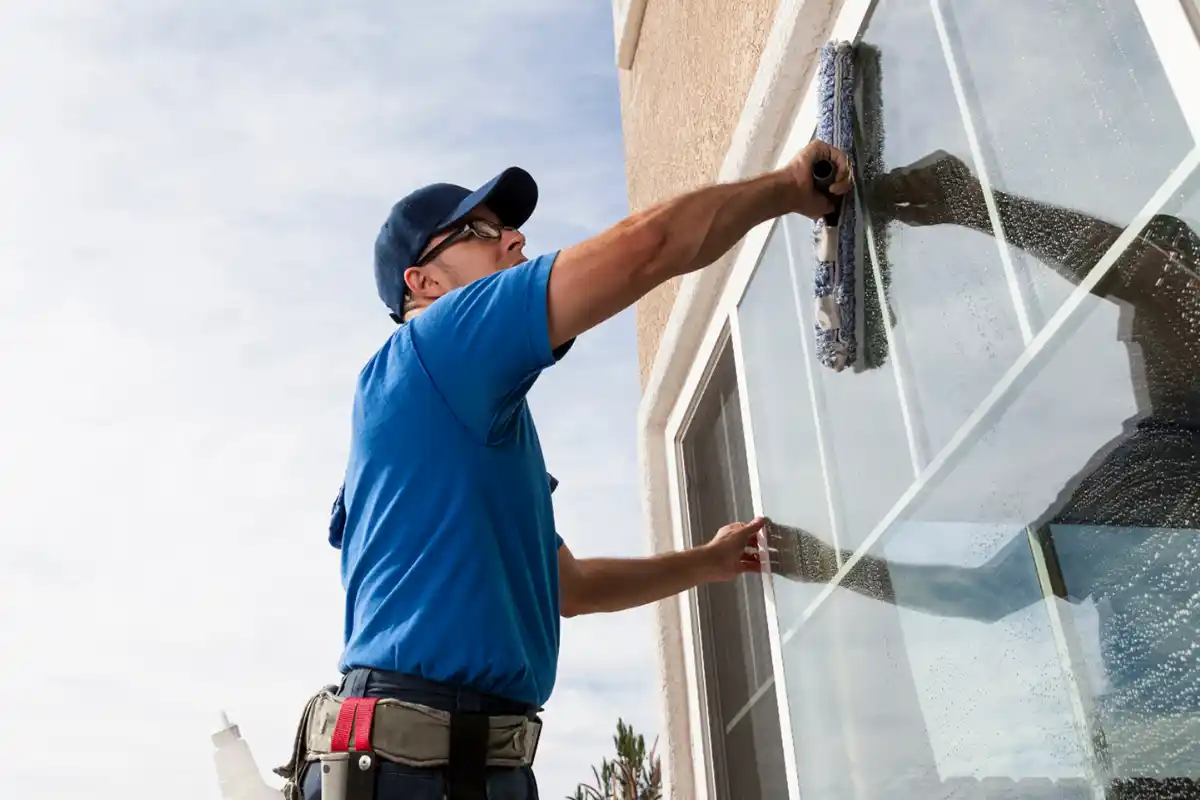
Over the course of 2025, you’ll see typical U.S. window cleaner earnings range from hourly pay in the high teens to annual averages around $37–40K, with high-rise specialists earning substantially more; this guide helps you compare state and job-type differences, identify pricing and recurring-contract strategies, and shows how signing up for dedicated window cleaning software can streamline scheduling, boost margins, and grow your SMB’s revenue.
Understanding Window Cleaner Income
As a window cleaner you’ll see income vary widely: employee averages hover around $37,665 per year while experienced high-rise specialists can reach $60,000–$100,000. Location, seasonality, and whether you run your own business determine if you earn wage income or set scalable rates. Offering add-on services and booking recurring commercial contracts often pushes revenue above employee averages, while winter slowdowns in cold climates can reduce monthly totals unless you diversify services or markets.
Annual Salary Overview
Average annual pay for most U.S. window cleaners is about $37,665 (ZipRecruiter), with the BLS grouping placing median near $39,900. If you start in residential work expect lower initial years; progressing to commercial or certified high-rise work can raise your base toward $60k+. Seasonal peaks in spring and summer often push annual totals higher for cleaners who secure repeat clients or steady contracts.
Monthly, Weekly, and Hourly Earnings
Monthly take-home typically ranges from $1,187 to $4,417, while weekly earnings often fall between $656 and $1,411 (Indeed). You can expect about $18 per hour on average; a 40-hour week at that rate nets roughly $720, but charging $40–$75 per hour as a business owner for residential jobs or over $100 for commercial work significantly changes those figures. Seasonality and local demand drive these swings.
If you secure 10 monthly recurring residential clients at $60 each, your extra $600 per month helps smooth slow seasons; landing one small commercial account at $1,200 monthly adds predictable revenue. Factor vehicle, insurance, and supply costs—typically 20–30% of gross—when estimating net take-home. Running part-time or as a side hustle usually keeps you near the lower end unless you focus on higher-rate niches, add services, or lock in recurring contracts.

State-by-State Salary Analysis
Regional pay gaps
New York and California routinely top the list, paying about 20–30% above the national average (roughly $46k–$49k), while many Midwestern and rural states cluster around $30k–$35k. Coastal cities like Miami and San Francisco let you charge premium rates for salt-exposed properties and high-rise contracts; specialized high-rise roles report salaries from $60k–$100k—see Salary: High Rise Window Cleaner in United States 2025 for current listings.
High-Rise Window Cleaners Income
Earnings snapshot
You can expect high-rise roles to pay roughly $60,000–$100,000 per year, with top contractors and union crews reaching beyond that through hazard pay and benefits. Expect hourly rates often exceeding $100 for complex façade work, especially in markets like New York or San Francisco. Advanced rope-access and fall-protection certifications, plus commercial contracts, drive the premium; many pros build earnings by specializing, logging 3–5 years of progressive experience before commanding top-tier rates.
Factors Influencing Window Cleaner Salaries
Salary drivers
You can expect pay to vary widely based on location (urban commercial markets often pay more), skill level, and whether you run a business or work hourly—average U.S. pay is about $18/hr and high-rise pros earn $60k–$100k annually; see Window Cleaner Salary (October 2025) for benchmarks. Assume that you can increase revenue by targeting commercial contracts, adding services, or earning certifications.
- Location: metro vs rural, coastal salt exposure = more repeat work
- Job type: residential, commercial, or high‑rise (highest pay)
- Experience & certifications: rope access, OSHA, union roles
- Business model: owner with recurring contracts vs employee hourly
- Seasonality & climate: warm regions sustain steadier monthly income
Income Potential for Business Owners
Owner earnings example
As an owner you can set $40–$75 per hour for residential work and command $100+ per hour for commercial or high‑rise jobs. Securing recurring contracts stabilizes cash flow: one commercial contract at $125/hr for 15 hours per week yields roughly $97,500 gross annually before expenses, while three recurring residential clients at $60/hr for five hours weekly total about $46,800 gross. Improving scheduling and reducing travel time lifts your net profit.
Tips for Increasing Earnings
Actionable strategies
Raise average ticket by bundling services—offer window+screen+gutter for $200–$500 depending on property size; target recurring contracts (biannual plans) to stabilize cash flow. Price commercial and high-rise work above $100/hr and pitch multi-site contracts to property managers. Use route-optimizing software to shave 20–30% off drive time. This can increase annual net income by 15–40% within 12 months.
- Offer 4-visit seasonal plans at a 10–15% discount to secure recurring revenue.
- Track labor and materials in software to cut jobs that net less than $50.
- Get high-rise/rope-access certification to qualify for $60k–$100k contracts.
Final Words
With these considerations in mind, you can confidently plan your pricing, target high-value commercial or high-rise work, and stabilize seasonal fluctuations by offering add-on services; using dedicated software technology will help you manage scheduling, invoicing, and customer retention so your business scales efficiently—investing in the right tools can increase your effective hourly earnings and free you to focus on growth in 2025.
